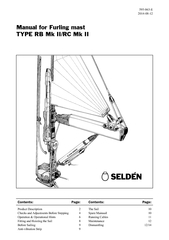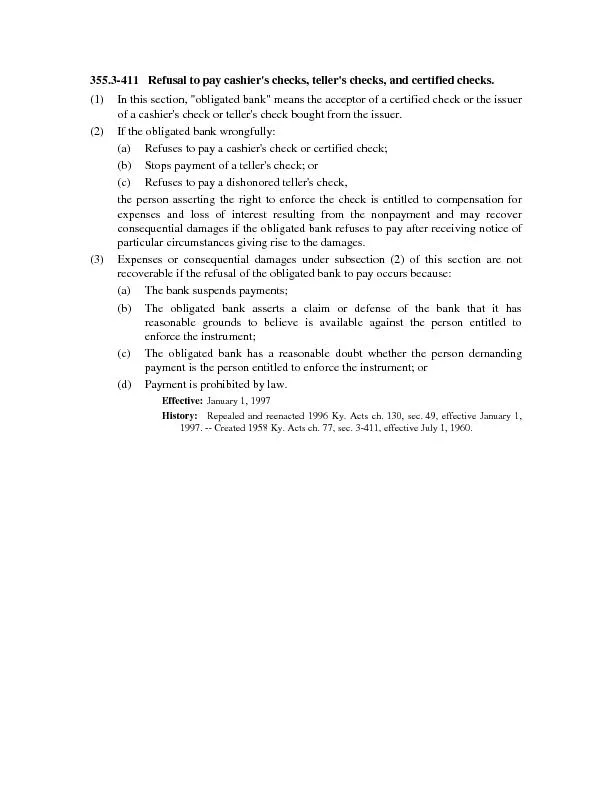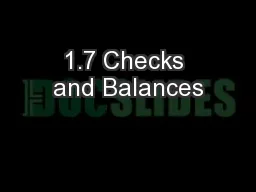PDF-Page:Page:Checks and Adjustments Before Stepping11
Author : debby-jeon | Published Date : 2015-07-26
Manual for Furling mastTYPE RB Mk IIRC Mk II 595063E20140812 Product descriptionThe furling geer been developed from experience gained from FURLEX foresail rollerreefing
Presentation Embed Code
Download Presentation
Download Presentation The PPT/PDF document "Page:Page:Checks and Adjustments Before ..." is the property of its rightful owner. Permission is granted to download and print the materials on this website for personal, non-commercial use only, and to display it on your personal computer provided you do not modify the materials and that you retain all copyright notices contained in the materials. By downloading content from our website, you accept the terms of this agreement.
Page:Page:Checks and Adjustments Before Stepping11: Transcript
Download Rules Of Document
"Page:Page:Checks and Adjustments Before Stepping11"The content belongs to its owner. You may download and print it for personal use, without modification, and keep all copyright notices. By downloading, you agree to these terms.
Related Documents














